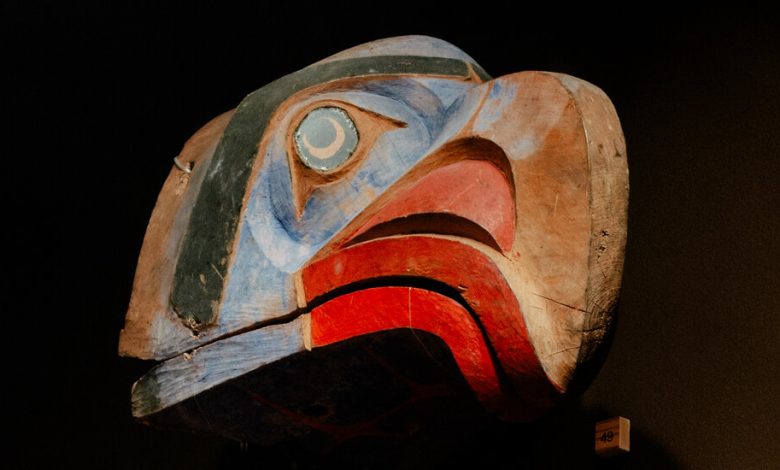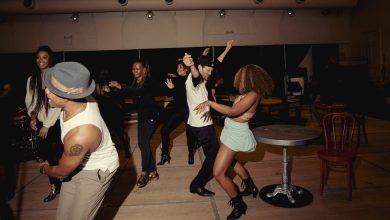6 Objects That Explain New Rules on Native Displays in Museums

When new federal regulations took effect last month requiring museums to get consent from tribes before exhibiting certain Native cultural items, museums across the country began to remove objects from cases, cover up displays and even close entire halls.
The latest rules are meant to strengthen the Native American Graves Protection and Repatriation Act, or NAGPRA, which has been criticized for the slow pace of returns since it was passed more than three decades ago.
Under the law only certain types of items must be returned to tribes, allowing others to stay on display.
A visit to the venerable Field Museum in Chicago showed how compliance is playing out. While some displays have been concealed with paper or curtains as the museum explores whether it must return objects, others remain on view, either because they are not believed to be governed by the new rules or because tribes have given consent.
Here is a look at how the new regulations work, told through six objects.
Off display
Hopewell Ear Ornaments
Accession Year: 1893
Description: These oblong ear ornaments made of shell were part of the Field Museum’s exhibit on objects from the Hopewell mounds, a series of earthen structures in Ohio that were estimated to have been built between 1,600 and 2,000 years ago. In the early 1890s, the archaeologist Warren K. Moorehead excavated the site and displayed his findings at the World’s Columbian Exposition in Chicago. The objects collected for the exposition became the foundation for the Field Museum’s collection.




